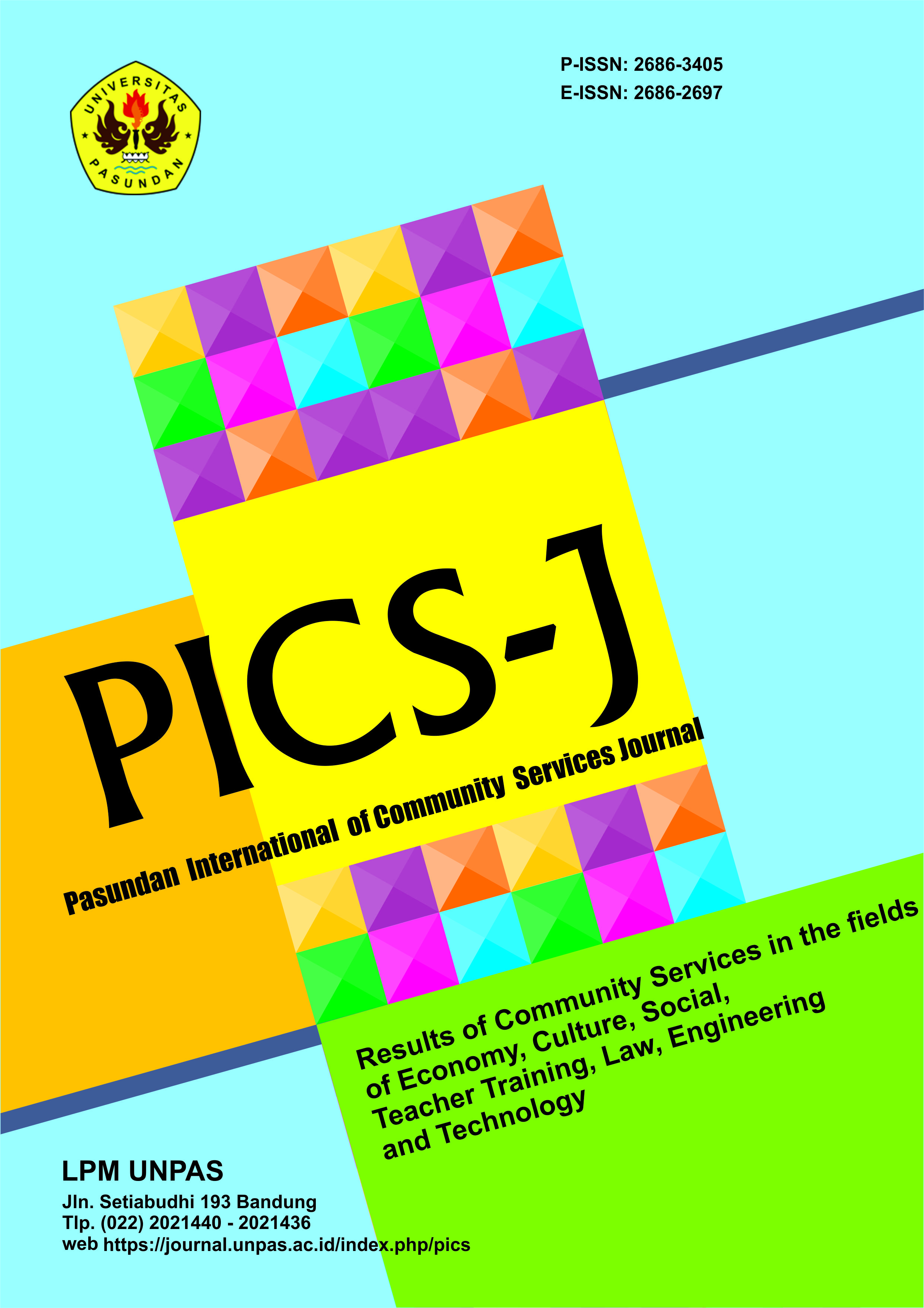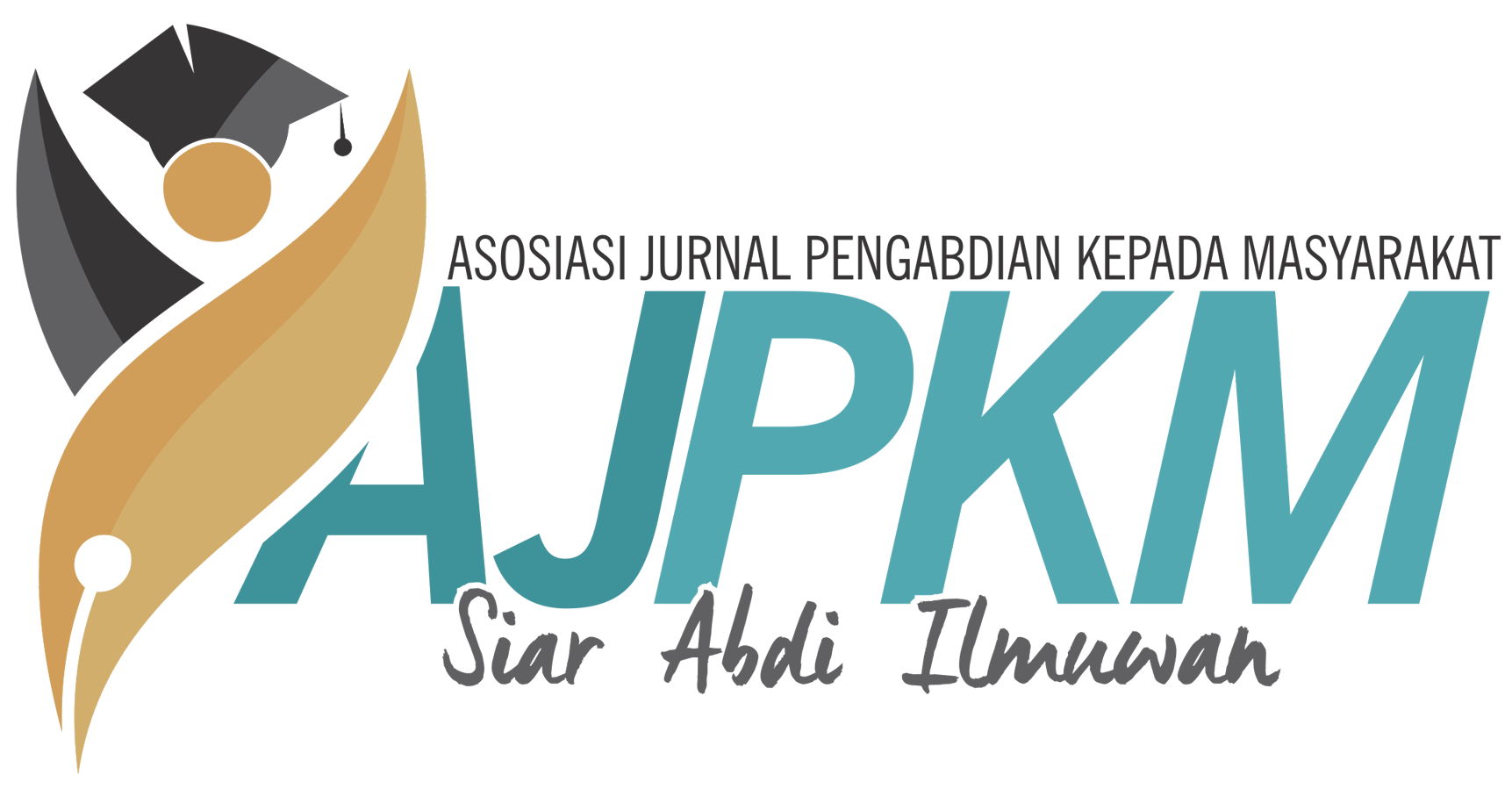LEVEL OF EFFECTIVENESS OF BLENDED LEARNING IN HISTORY LEARNING
DOI:
https://doi.org/10.23969/picsj.v4i2.6510Keywords:
Effectiveness; Blended Learning; History Learning.Abstract
Continuity of the learning process important for Keep going going on in order what to be destination education in a country this could achieved according to the statutory mandate that is educate life nation. So our all attempted look for proper formulation in usage method teaching Up like this. One of the learning models that can applied through based media use technology is a blended learning model. Learning blended learning is a environment designed learning with unite learning stare advance (face to face) with purposeful online learning for increase results study participant educate. Method use Approach use method quantitative description, in collection data source through questionnaires and interviews as well as study literacy reference journals and books that discuss implementation learning blended learning. Destination from results study this is a analysis simple to level effectiveness blended learning in learning history. Based on results according to criteria evaluation that results this can taken conclusion that implementation learning history in a manner blended learning can walk good so that combined implementation learning conventional and modern with technology present need cultivated because give challenges and skills students and lecturers in the learning process in the lectures. Blended learning is one approach to be one solutive solution because it really helps in continuity learning in institutions education . This also happens _ in learning campuses that apply blended learning. The role of digital based materials at first only used as crutch, will but now already changed Becomes Theory always important involved in learning good in a manner stare advance or online. With so that blended learning already run in learning on campus is solution best moment this, so past learning very giving positive impact in continuity learning on campus.
Downloads
References
Adawi, R. (2008). E-Learning based learning. Discuss Journal. (69TH)XXXV), 1-12.
Adrian, Muhammad. (2008). Use of the Internet as Source Learning .
Computer Science.com.
Arikunto, S. (2006). Method Study quantitative and qualitative. New York: Earth Script
Central Bureau of Statistics (2018). Indonesian Telecommunication Statistics. Jakarta: BPS Indonesia.
Darmayanti, T. (2007). E-Learning in Distance Education: A concept that has changed learning methods in Indonesian universities. Journal of Open and Distance Education 8 (2). 99-113.
Emzir. (2012). Quantitative and qualitative educational research methodologies. Bandung: Rajagrafindo Persada.
Herlina, S, Dyna. (2015). Building national character through Digital Literacy. Yogyakarta: UNY.
IPCS International Programmer On Chemical Safety Env Health Criteria 27 Guideline On Studies In Environmental Epidemiology. (1983). Geneva: WHO.
International Travel And Health. (2003). Geneva: WHO.
Izzudin . Syarif . ( 2012 ). "The effect of the blended learning model on motivation and achievement study student high school”. Journal of Vocational Education, Vol 2, Number 2, June 2012. Pages 234-244.
Ministry of Education and Culture Directorate General of Higher Education. pditt.belajar.kemdikbud.go.id website.
Nugraha , Ryan . (2015). Application Method Learning Mix (Blended Learning) With Inner Blog Media Learning Writing Short Story Text . Indonesian education university.
Paull Eggen Don Kauchak. (2012). Learning Strategies and Models . Jakarta: PT. Index .
Minister of Education and Culture No. 24 Years (2012). Concerning the implementation of Distance Education in Higher Education .
Ratmitasari, Diyah Hayu. (2017). Media Management in Indonesia . Jakarta: Indonesian Torch Library Foundation.
Rianto, P. (2016). New Media, Visions of active audiences and the urgency of Media Literacy. Journal of Communication Indonesian Association of Communication Scholars.1(2), 90-96.
Reel, Jeremy. (2012). Journal Charting Digital Literacy. Philadelphia: Georgetown University.
Salim, Agus. (2006). Social Research Theory and Paradigm. Yogyakarta: Tiara Discourse.
Setyaningsih, Rila et al. (2019). A Model of Strengthening Digital Literacy Through Utilization of E-Learning. Ponorogo: Gontor University.
Sutopo. (2006). Qualitative Research Methodology . Surakarta: UNS.
Sutarjo Adisusilo. (2012). Values Character Learning: Constructivism and VCT as Affective Learning Approach Innovations. Jakarta: PT Raja Grafindo Persada.
Internet links; https://www.kompasiana.com/ahmadimam/guru-dan-peuntungan-computer-di- class _550d69e88133115a2cb1e333 downloaded March 17 2022.
Winarno Surakhmad (1986). National Teaching Methodology . Bandung: Jemmars .
Wasis D Dwiyogo . (2018). Learning Blended Learning Based. Depok: Rajawali Press.












